Pathologies of the lacrimal system
Treatment of pathology of the lacrimal drainage system at the K+31 clinic.

Best
specialists
specialists

Expert
equipment
equipment

Advanced diagnostic
treatment
treatment

Diagnostics
- fluorescein tests
- probing and washing the lacrimal ducts
- contrast dacryocystorhinostomy
General information about the treatment of pathologies of the lacrimal drainage system

How is an appointment with an otolaryngologist at K+31?
During the initial appointment, the doctor questions the patient in detail about complaints, clarifies the history of the disease, and lifestyle. Next, a thorough visual examination of the nose, pharynx, ear, and larynx is carried out. Special tests are prescribed to assess the acuity of hearing and smell.
Our doctors

2GIS Award
This award is given to clinics with the highest ratings according to user ratings, a large number of requests from this site, and in the absence of critical violations.

«Good place» according to Yandex
This award is given to clinics with the highest ratings according to user ratings. It means that the place is known, loved, and definitely worth visiting.

Our doctors are laureates of the ProDoctors Award
The ProDoctors portal collected 500 thousand reviews, compiled a rating of doctors based on them and awarded the best. We are proud that our doctors are among those awarded.
Make an appointment at a convenient time on the nearest date
Price
Otorhinolaryngologist primary appointment
from 5 460 ₽
Otolaryngologist repeated appointment
from 5 460 ₽
Reception of an otorhinolaryngologist at home in Moscow within the Moscow Ring Road
from 18 810 ₽
Planned remote online consultation of an otorhinolaryngologist using telemedicine technologies
Other diseases
Diseases of the nose and paranasal sinuses
Acute nasopharyngitis
Adenoids
Rhinitis
Paranasal sinus cysts
Otitis
Tonsillitis
Acute upper respiratory tract infections
Ear injury
Laryngitis
Inflammation of ENT organs
Polypoid rhinosinusitis
Benign formations of the nasal cavity, pharynx, larynx
Hearing loss
Nose bleed
Foreign bodies of the nasal cavity and sinuses
Acute and chronic sinusitis
Pharyngitis
Sinusitis

Appointment to the doctor
Fill out the form, our managers will contact you within 15 minutes
Our clinics
Didn't find the service you were looking for?
Call us!
+7 (495) 104-48-14
Write to whatsapp
Ask question










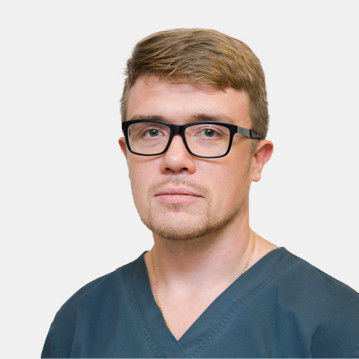

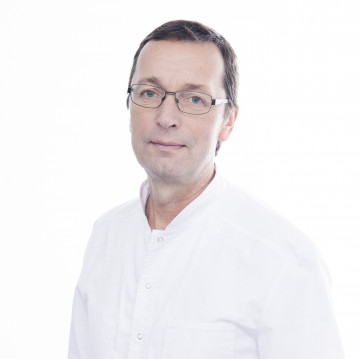
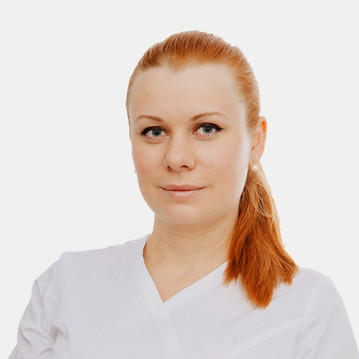



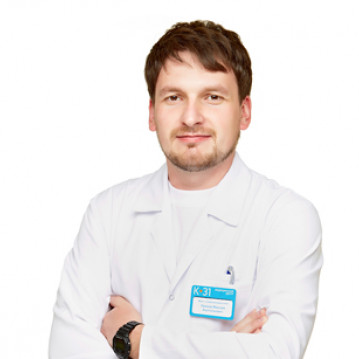


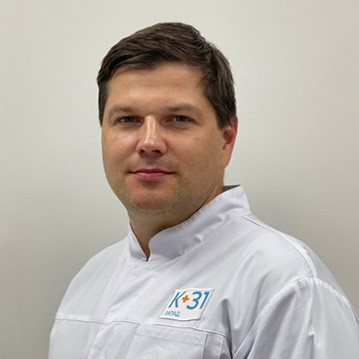




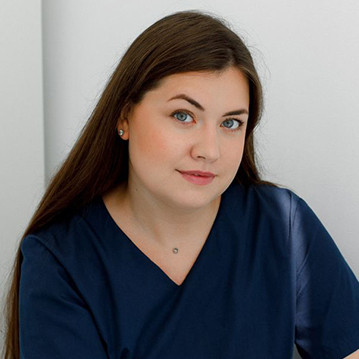
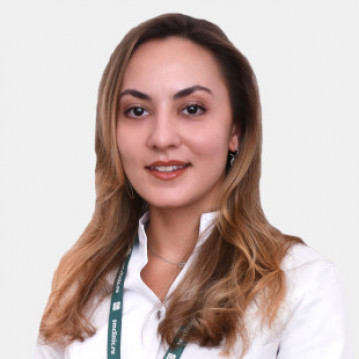





About the disease
The lacrimal ducts begin with the excretory ducts of the lacrimal gland and the glands of the conjunctiva. The tear fluid secreted by the lacrimal glands washes the anterior part of the eyeball, then flows along the lacrimal stream located along the inner edge of the eyelids to the inner corner of the eye, where the lacrimal puncta are located on the inner parts of the edges of the eyelids. Further, through the upper and lower lacrimal canaliculi, it penetrates the lacrimal sac and ends its path in the nasal cavity, where the nasolacrimal duct opens under the inferior nasal concha.
Impaired patency of the lacrimal ducts leads to impaired tear drainage and the occurrence of lacrimation, which can increase under the influence of cold and windy weather and decrease in a warm, dry room.
The causes of impaired lacrimal drainage may be: